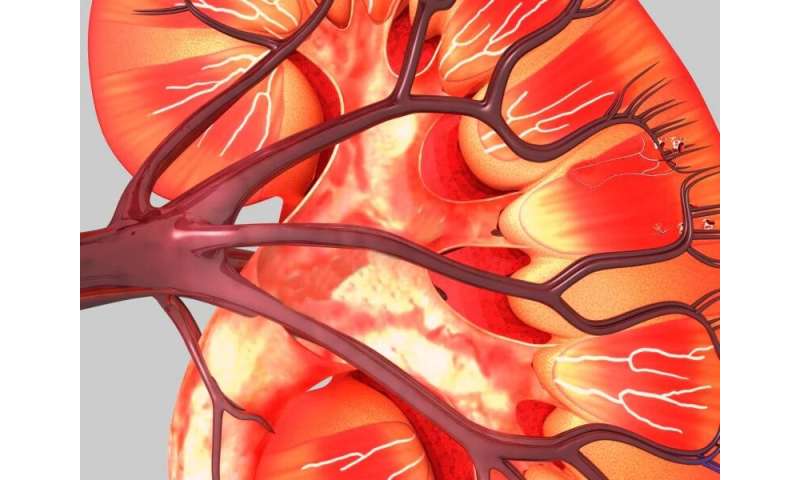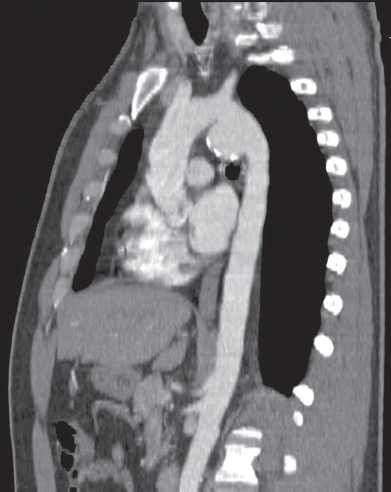

- #Acute trauma manual
- #Acute trauma professional
And seek out other healthy coping strategies such as art, music, meditation, relaxation, and spending time in nature. Do your best to eat nutritious meals, get regular physical activity, and get a good night’s sleep.
#Acute trauma professional
Support from loved ones or a mental health professional can help a lot as you get back in the groove. Gradually, try to ease back into a normal routine. Though avoidance is normal, too much of it can prolong your stress and keep you from healing. But not leaving the house, sleeping all the time, isolating yourself from loved ones, and using substances to escape reminders are not healthy ways to cope over time. It’s normal to want to avoid thinking about a traumatic event. You can also ask loved ones to help you with household tasks or other obligations to relieve some of your daily stress. If you feel ready to discuss the traumatic event, you might talk to them about your experience and your feelings.

Identify friends or family members for support. Psychologists and other researchers have found that these actions can help: The good news is that there are very effective ways to cope with and treat the stressful effects of trauma. Others can develop posttraumatic stress disorder (PTSD), with symptoms that interfere with daily life and last for more than a month after the trauma.

Some people may develop acute stress disorder in which they have extreme symptoms of stress that significantly interfere with daily life, school, work or social functioning in the month after a traumatic event. But for some people, more intense symptoms linger or interfere with their daily lives and do not go away on their own. Usually, these symptoms get better with time.
Avoiding people, places, memories, or thoughts associated with the traumatic event. Intrusive thoughts, flashbacks, or nightmares. Feeling nervous, jumpy, or on high alert. In the days and weeks following such a trauma, it’s common for people to have a flurry of unpredictable emotions and physical symptoms. People may even experience traumatic stress by just witnessing a highly distressing event or having a close family member or friend experience such an event. In response, many will experience traumatic stress-a normal reaction to an abnormal event. Special Concerns In Pregnant Trauma Patientĭr Sarvdeep Singh Dhatt, Dr Deepak NeradiĢ9.Over the course of a lifetime, it’s common to be exposed to a traumatic event, whether it is a violent act, a serious injury, a sexual violation, or other shocking event. Pelvic Trauma: Diagnosis And Managementĭr Ajay Savlania, Dr Venkata Vineeth Vaddavalli, Dr Kishore AbujiĢ6. Early Management Of Adult Head Injuryĭr Karthigeyan M, Dr Pravin Salunke, Dr Sunil K GuptaĢ4. Desaturating Patient With Long Bone Fractures: Diagnosis And Managementĭr Devendra Kumar Chouhan, Dr Narendra Chouhanĭr Apinderpreet Singh, Dr Chandrasekhar Gendle, Dr Sushant K SahooĢ2. Point Of Care Ultrasound: Applications In TriageĢ0. Interpreting Arterial Blood Gasses In Trauma Patientsġ9. Blood Transfusion Strategies In Trauma Patientsġ8. Intrahospital Transport Of Trauma Patientĭr Jeetinder Kaur Makkar, Dr Mandeep Tundakĭr Anjuman Chander, Dr Ashish Aditya, Dr Tanvir Samra, Dr Harshit Singlaġ7. Role Of Intercostal Drainage Tube In Chest Traumaħ. Pre-Hospital Care Of Trauma Victims & Triaging On Arrivalĭr Ashish Aditya, Dr Tanvir Samra, Dr Anjuman Chander, Dr Harshit Singlaĭr Apinderpreet Singh, Dr Rajesh Chhabra, Dr Pravin Salunkeĭr Shyam Charan Meena, Dr Rajeev Chauhan, Dr Ankur LuthraĦ. SECTION 1 Principles Of Acute Trauma Careġ. Guides in initial fluid therapy and pain control along with initial patient resuscitation. Elaborates on damage control resuscitation and management of initial and life-threatening injuries, useful for professionals dealing with trauma patients in the emergency area. Covers all aspects of acute trauma, including orthopaedics, vascular surgery, plastic surgery, neurosurgery, burns and radiology. Input from experienced anaesthesiologists, intensivists, orthopaedics, vascular surgeons, plastic surgeons, and radiologists, make this book a gold standard for good practice for professionals. The book covers basic principles for managing a crashing trauma patient, followed by effective treatment by different sub-specialty. It caters to the needs of developing nations in pre-hospital as well as in-hospital emergency trauma care and provides clear practical guidelines for the management of victims of major trauma. #Acute trauma manual
This evidence-based manual highlights the early management of acutely injured trauma victims arriving in emergency triage areas.







 0 kommentar(er)
0 kommentar(er)
